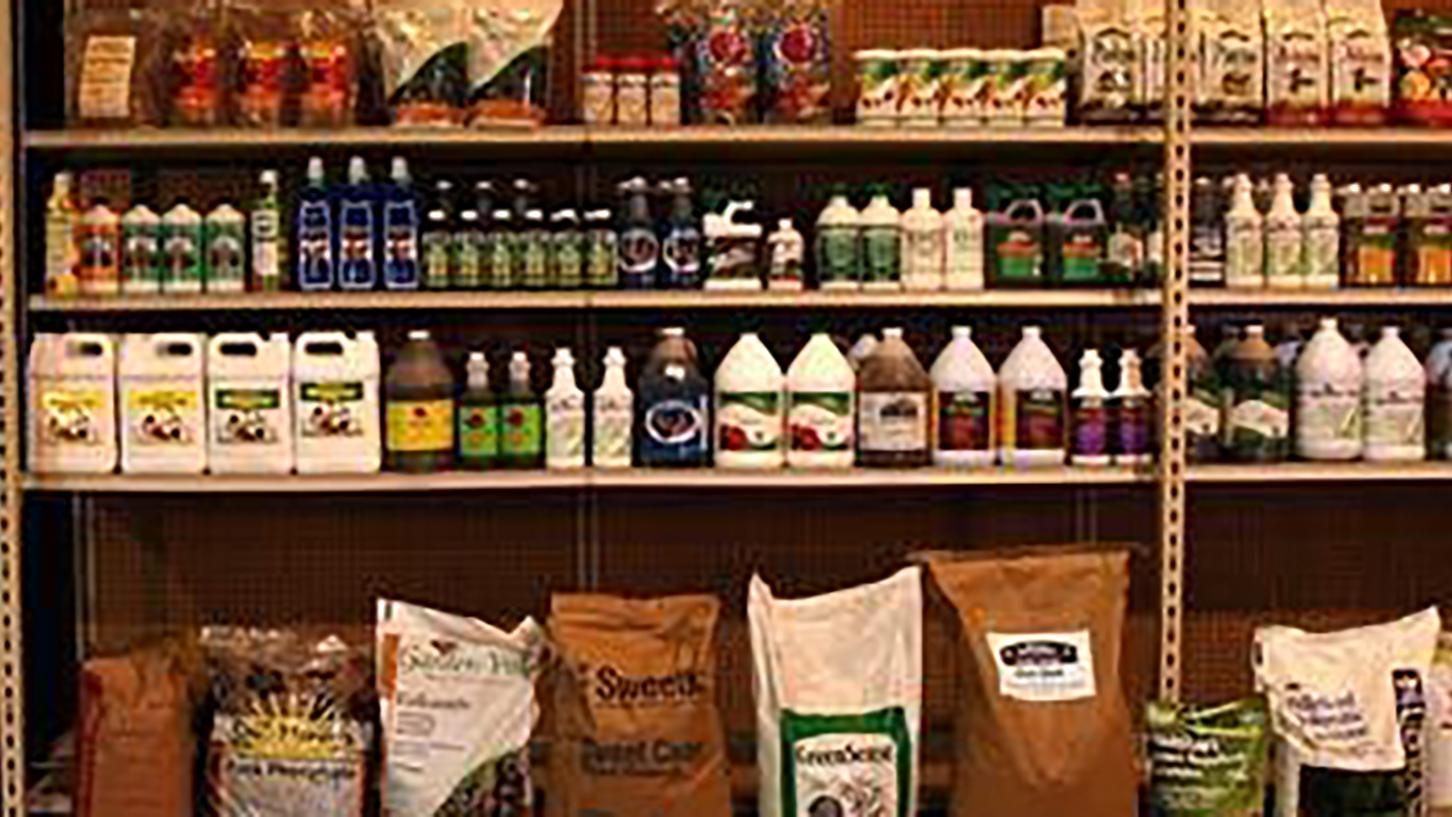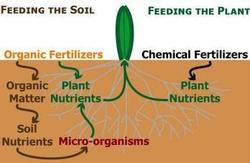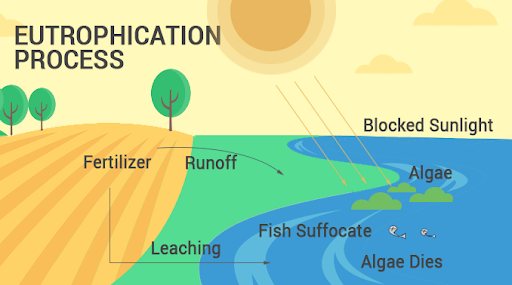Fertilizing: Feeding the Soil, Not the Plant

> What is (and isn't) a fertilizer
> Why fertilize?
> What to use
> Understanding labels & terms
> Chemical vs. organic fertilizer
> When and how to fertilize
> How to protect the environment when fertilizing
Fertilizing is often referred to as “feeding” plants, but that’s not accurate. Plants feed themselves, producing their own food, sugars, and carbohydrates through the process of photosynthesis. Most of the 18 chemical elements plants need for healthy growth are already in the soil or the air and therefore don’t need to be added regularly. Rather than fertilizing on a calendar-based schedule, watch your plants and give them only what they need, at a time when they can use it. Also consider the cost of the fertilizer and any potential impact it may have on the environment.
What is (and isn't) a fertilizer?
Fertilizers are the nutrients (chemical elements) taken in by plants that are essential for their growth and development.
A FERTILIZER is a material added to the environment around the plant that directly impacts the plant, providing it with specific nutrients.
AN AMENDMENT is a material mixed into the soil that indirectly aids plant growth by improving the condition of the soil like its structure or texture, water retention, or microbial activity. Some organic amendments can contribute small amounts of nutrients as they break down but use as a fertilizer is not their primary purpose.
Why fertilize?
Plants get their nutrients from the minerals and organic matter in the soil or from added fertilizers and compost.
Nutrient needs vary from plant to plant and the ability of the soil to supply those nutrients varies by site, season, and weather condition.
Annuals, fast growers and crops need more: Rapidly growing plants, such as annual vegetable crops, generally need more nutrients than slowly growing plants, such as established perennials.
Fertilizing:
• Provides nutrients essential for optimum plant growth at the time they are needed.
• Replenishes lost soil nutrients.
What to use
What kind of fertilizer to use depends on a number of things, including:
• the individual plant and its health status
• the stage of growth it is in
• how big it is
• the season of the year and the weather
• what you’re trying to achieve
• how quickly you want results
• whether you want an organic or synthetic product
• how you want to apply it
Read the label, not the advertising
Don’t be swayed by specialized packaging or fancy marketing – products for roses, citrus, azaleas and more. Just look at the label and see what is in the container - the N-P-K concentrations and any other additives. That’s all that matters.
Here’s a list of different types of materials used as fertilizers
Chemical vs. organic:
Plants don’t care where the nutrients come from, but YOU might.

CHEMICAL (synthetic) fertilizers:
ORGANIC fertilizers:
Protect the Environment

Chemicals you use in your garden can impact groundwater and local watersheds. Excess nitrogen and phosphorus are associated with algal blooms (heavy growth of aquatic plants) and limited oxygen, and cause fish kills in lakes, bays, and non-flowing water bodies.
REDUCE THE IMPACT OF FERTILIZERS on water quality:
Figure out what is really needed: Apply only materials that are recommended based on results of a soil test.
Avoid excess: Avoid applying excess nitrogen and phosphorus fertilizer.
Use organic as far as possible: Use organic materials or slow-release fertilizers and incorporate into the soil.
Prevent runoff: Turn off irrigation when the soil is no longer absorbing water to prevent runoff.
